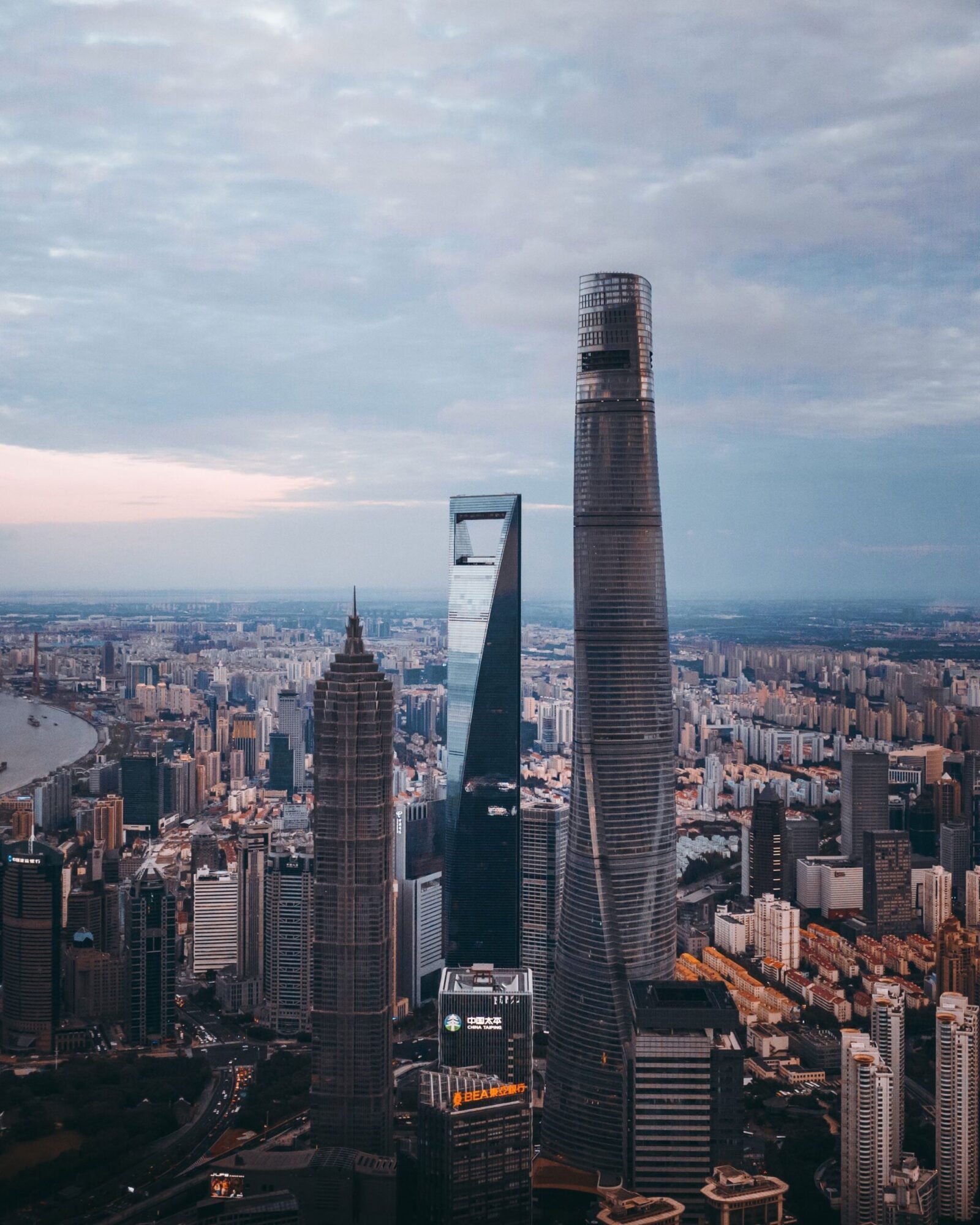China Bans Supertall Skyscrapers and Copycat Architecture

Globalised architecture has resulted in generic urban environments. A new set of policies has brought an end to the skyscraper race between Chinese cities and will foster the construction of buildings that highlight local cultures.
In an effort to improve architectural and developmental standards across the country, China’s Ministry of Housing and Urban-Rural Development has issued a new set of policies in early June. Under the new framework, the construction of buildings over 500 metres will be entirely banned, buildings over 250 metres will be greatly restricted, and buildings over 100 metres will have to adhere to strict construction regulations and be concentrated in one area of the city.

Chinese architects, developers, and planners have been preparing for new restrictions since 2016, when the government issued a directive that called for the end of “oversized, weird, or xenocentric (preferring foreign cultures over one’s own)” architecture while encouraging the development of buildings that are “functional, economical, green, and beautiful.” Beijing, for example, had already in 2018 established height limits for buildings in the city’s central business district. In essence, the new document has simply formalised changes that were already occurring in Chinese cities.
The Global Skyscraper Race
Tall structures have stood as the preserve of great powers throughout history. The boom of skyscrapers as we know them today, however, began less than 100 years ago and was dominated by the United States, who shocked the world with buildings such as the Chrysler and the Empire State in New York City. In the following decades, a global race would begin, and by the end of the century, countries around the world were all rushing to build the tallest skyscrapers. These buildings were not only seen as tools to place cities on the map, but also symbols of modernity and development.

China, with its rapid urban growth and booming economy at the turn of the century, proved to be a star contestant in the global skyscraper race. From Shenzhen’s 592.5-metre-tall Ping An Financial Center, to the 528-metre-tall China Zun in Beijing, these skyscrapers were remarkable by global standards, serving as important landmarks in the skylines of Chinese cities. Today, China is home to half of the world’s ten tallest buildings, with its 632-metre-tall Shanghai Tower coming in as the second-tallest skyscraper on the planet.
A Future Local Modernity
The surge of skyscraper construction throughout China, however, has not been without controversy. For many years, Chinese citizens have debated the functionality and aesthetics of supertall structures in their cities. While proponents of skyscrapers claim that vertical growth is a way to save space in the country’s dense urban environments, others criticise skyscrapers’ long construction period, fire safety challenges, difficulty in demolition, and high vacancy rates. These economic and technological shortcomings of supertall skyscrapers have been central motivations pushing the new architectural framework.
The policy document, however, does not only address the issue of skyscrapers. It also bans architectural plagiarism and imitation, which were common behaviours in the past throughout the country. The Eiffel Tower and London’s Tower Bridge, for instance, are among the various structures that have been replicated in Chinese cities. Under the new framework, this kind of “copycat” architecture will be strictly prohibited.
According to the document, behind the new restrictions is a larger government initiative to encourage the construction of buildings that “strengthen local cultural confidence, maintain the urban spirit, demonstrate the style of the times, and highlight Chinese characteristics.” Whereas a “West is Best” mentality dominated China’s architectural scene in the past, skyscrapers and replicas of Western architecture in the contemporary context are no longer considered the markers of development. Instead, it is becoming increasingly clear that the built environment should emphasise cultural sensitivity and relate to local contexts. Ultimately, the new policies reflect a changing Chinese identity, as the definition of urban modernity shifts to promote localhood. China’s policy decision points to an exciting future, one in which new modernities are being created.




